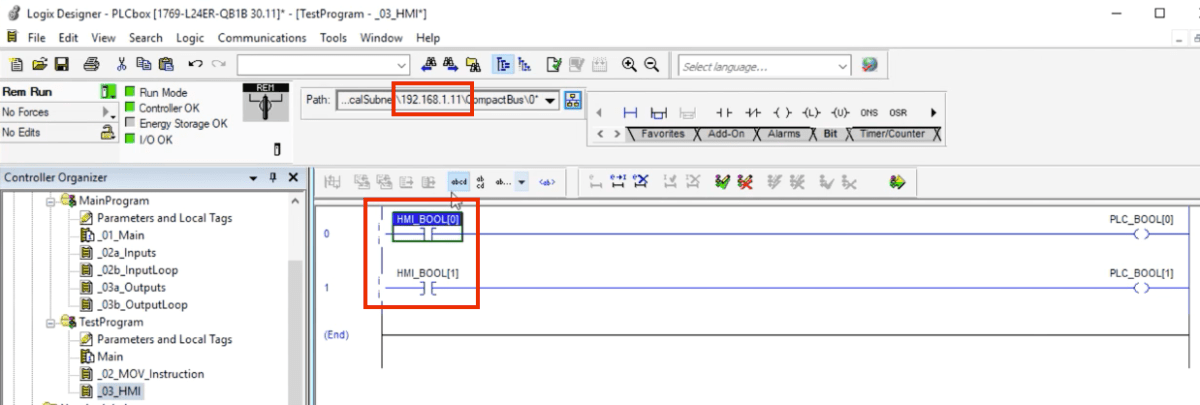
Excluding version 3.0 (which only lasted a few months), you ought* to be able to create any older runtime version with a modern copy of FactoryTalk View Studio ME. You can take a *.MER file from a version 3.2 terminal commissioned in 2003 and run it without modification on a brand new PanelView Plus.Īnd it's been pretty good at the creation of runtimes for older firmware terminals. Repeat this for each instance of the global object.One of the things that FTView Studio ME has actually been very good about historically is backward compatibility of runtime files. Remember each instance will have different values for the place holders at runtime. I’m going to right click the first object, and select “Global Object Parameter Values”.įinally, we’ll declare what we want to replace the placeholders with at runtime for this particular instance. We need to declare which tags to use in leu of the place holders at run time. Remember, each instance will use different tags. Next, we’ll add all of the instances of the global object to a display screen for the operator to use. This will help you later on, when you use the object on your main display screens. Right click the entire global object group, and choose “Global Object Parameter Definitions”ĭefine each place holder you are using, and add a description. Define the Global Parameters for FactoryTalk View Global ObjectsĪt this point, we’ll define the place holders. Repeat this for each portion of the global object. The name of the main tag is the same as the previous example, so we’ll use the same place holder (#102). This accumulated value is the name of the tag associated with the add on instruction followed by “.TimeOut.ACC”. Included in the same add-on instruction in logic is a time out timer. Likewise, let’s look at one more example. When we add each instance of this global object later on in our project, we will declare what tag placeholder #102 needs to be replaced with. However the name of the tag itself is variable, so we need a place holder for this. We see the commonality is the “.HMI” portion of the tag. To turn on the computer room light, I write a 1 to “ComputerRoom.HMI”, and so on. For example: To turn on the kitchen light via HMI, I will write the value of 1 to “Kitchen.HMI”. The parameters for each instruction are the same…. This add-on instruction has a unique name in logic. Remember that each light has an add on instruction.

I’ll declare this as place holder #104 as you can see.Īfter that, let’s set up the connection for the maintained pushbutton object. For this reason, our variable is a place holder. The name of the light will be different in each instance. We want the text object to reflect which light we are controlling. Add your Place Holdersįirst, take a look at the text object. With this purpose in mind, set up the objects as if you are using them to control a single light. Also, I have a maintained pushbutton, as well as preset and accumulated values for delaying each light on and off. In this case, I have a text object at the top to display which light I’m controlling. I’ve grouped some objects together for this global display to control each light. To create the global object, simply right click Global objects, and create new. Obviously, each add-on instruction in logic will also have it’s own unique tag name. They just have different input and output addresses. Basically, this ensures that all of the lights work the same way, and guarantees consistency in tag names.

In logic, I have the same add-on instruction to control each light. In this case, I’ll create a global object to control a simple light. FactoryTalk View SE Trends and Data LogĬreate the FactoryTalk View Global Objects.Beginning a FactoryTalk View SE Project.Derivative Settings for ControlLogix PID Enhanced.Integral Settings for ControlLogix PID Enhanced.Proportional Settings for ControlLogix PID Enhanced (PIDE).Proportional, Integral, Derivative (PID).


 0 kommentar(er)
0 kommentar(er)
